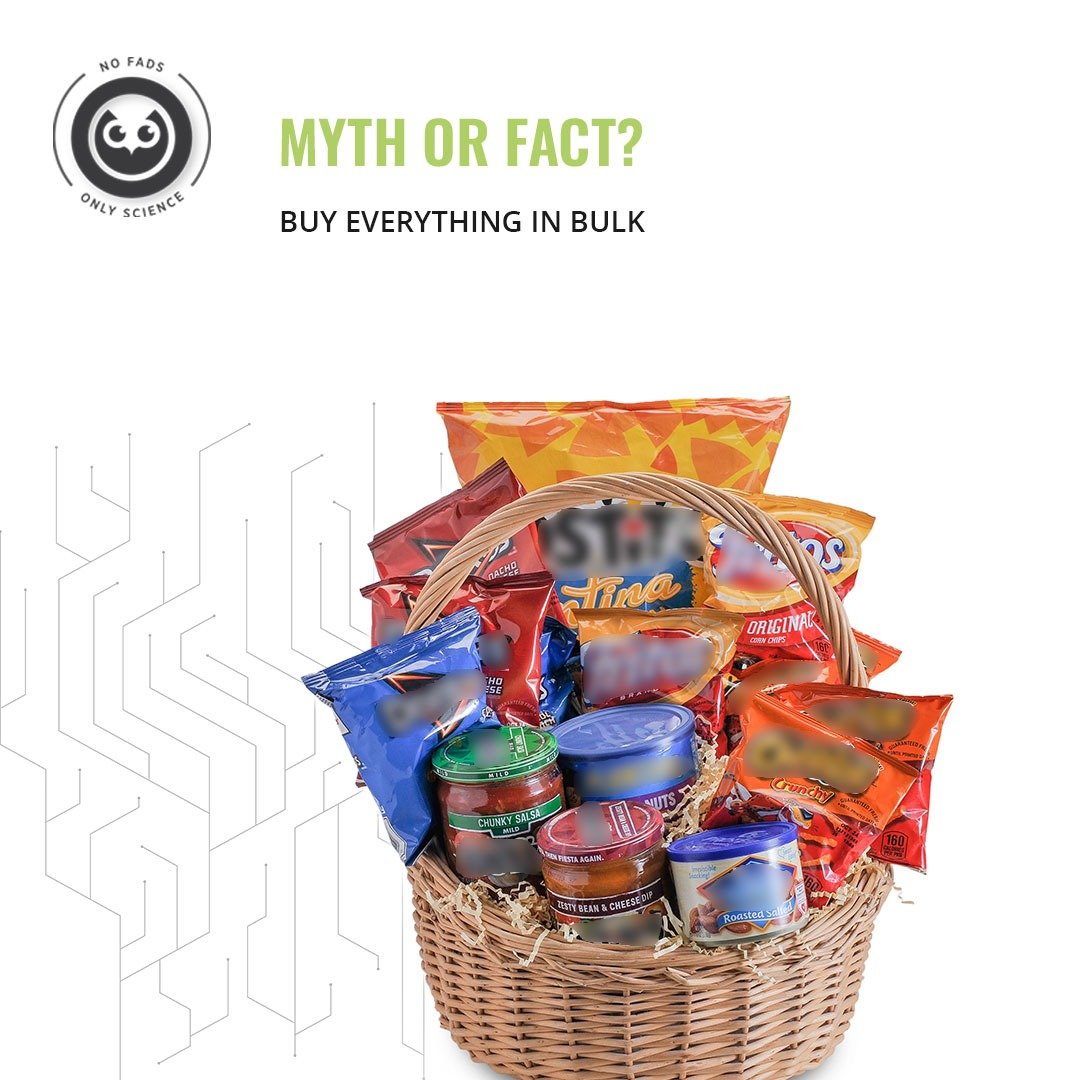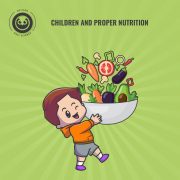Break these 5 big Myths to plan your own healthy meals
Covid 19 has shown us that food plays an important role in preventing and recovering from illness. It has also set the trend to move toward healthy sustainable food choices which can be achieved by
- Checking the traceability system – (FSSAI Lic No, Batch code, etc.)
First comes the traceability technique. This is the main contributor to ensuring food safety throughout the food chain by providing an idea of food spoilage through aroma, flavor, texture, and nutrition during food production. It makes it easier to track the origin of certain foods.
- Opting for seasonal and local fruits and vegetables
Seasonal and locally available fruits and vegetables that are naturally ripened in the sun will taste better and be fresher. They also have the highest nutritional value because we consume them close to the harvesting period, making them safe for consumption.
- Harvesting your own produce
It would be safe and healthy if you harvested your own produce – fruits, and vegetables on the terrace.
- Choosing home food over restaurant/processed foods
Move from restaurant to home-cooked foods because restaurants stock the food for longer periods of time, causing the food to spoil and become contaminated.
Planning your own menu helps you save time, money, and health. But we often stop ourselves because of these FIVE myths. Let’s debunk each of these myths and create a healthy meal plan
- MYTH: Meal plans are complicated and take hours to create

Taking the first step isn’t always easy! Nevertheless, it doesn’t have to be complicated.
Instead of planning a rigidly structured plan, create a loose map to follow with just enough structure to guide you. This is the key to creating a stress-free weekly meal map organized around meal types.
- MYTH: You must plan seven meals each week

What’s well begun is half done. You don’t have to plan for a whole week. Two or three is a great number to start with.
In the beginning, experiment by planning two to three meals per week and plan the rest as it gets easy.
- MYTH: Low-fat means healthy

Low-fat products might make you feel guilt-free, but they are less healthy choices as they contain a lot of other ingredients (additives, preservatives, etc.).
Before they go into your cart, check the package’s Nutrition label. Avoid foods high in sodium, sugar, fat, trans fats, saturated fats, and calories.
- MYTH: Buy everything in bulk

Mega packages of food can be a great deal unless they’re big boxes of junk food. That’s just a big load of unhealthy temptations for your family.
If you’re going to buy in bulk, stock up on healthy pantry staples or frozen items that you use a lot. And to keep it a bargain, make sure you’ll be able to finish items before they spoil.
- MYTH: Fresh produce is the best

Frozen fruits and vegetables are as healthy as fresh produce. They’re frozen at peak ripeness, which preserves their nutrients.
If you buy canned fruit and veggies, rinse them before you eat them to cut back on added sugar and up to half the salt. Also, look for cans labeled with no sugar or no salt added.
Meal preparation is the concept of preparing whole meals or dishes ahead of schedule.
This helps you to indulge in your favorite meals while controlling the meal portion size, thus ensuring that you don’t overindulge.
For safe food preparation take note of the following points:
- Clean the surface and produce before chopping.
- The cooking area, utensils, and kitchen cloth or equipment should be clean always.
- Utensils and equipment should be cleaned after every preparation.
- Raw foods and cooked foods should be handled separately during meal preparation.
- Cooked foods should be covered and stored properly to prevent contamination.
Now that you have decided to prep your own meals, take note of the following points:
- Prepare your menu- Decide which recipe you are going to prepare for a meal and plan your ingredients accordingly.
- Plan your meal with the foods that are available in season or on sale – Invest in seasonal ingredients to add variety to your diet. They are also fresher and more affordable.
- Check the refrigerator, pantry, and freezer – check the expiry date of the food that you have. You will be able to use the food before it spoils.
- Avoid the recipe that requires a special ingredient- make sure that the ingredient goes well with all the recipes if not, avoid the recipe. Because, if the ingredient is used only once and if it is not used for a long period of time then the product gets expired, and also it is a waste of money.
- Cover your leftovers- Prepare your leftovers as a new recipe instead of throwing them away. For example, leftover chapati can be prepared as chili chapatis. This will reduce the cost and homemade foods will be safe for consumption.
Food labels are an integral part of a food product. It gives vital information about the product and its shelf life.
It is one of the most significant factors to consider in menu planning, as it tells you about the ingredients of the product.
Next time you see a food label, make sure to check the following:
Use by and expiry date – tells you if the food is safe to consume.
Ingredient list – tells you if any allergen is present and the presence of any preservatives or flavors or colors.
Storage instructions – It guides you on how to store the foods before and after opening the package and storage temperature.
Still not able to plan your meals?
Follow these simple steps to get started today.
- Check your inventory- Take a note of the ingredients available at home first, and buy ingredients accordingly
- Track your meals- Keep recording your meals to get a better idea of your meal pattern and build an outline for your meal plan.
- Look out for seasonal items- Its always a great idea to include fresh and seasonal produce in your diet
- Add your proteins- Don’t forget your protein sources and it needn’t be from a single source. Mix them up and create a variety.
- Don’t discard the leftovers- Shower some love on your leftovers, they can be lifesavers on busy days.
- Plan Plan Plan – It’s all about planning. Spend a couple of hours on the weekend and build your weekly meal plan.









